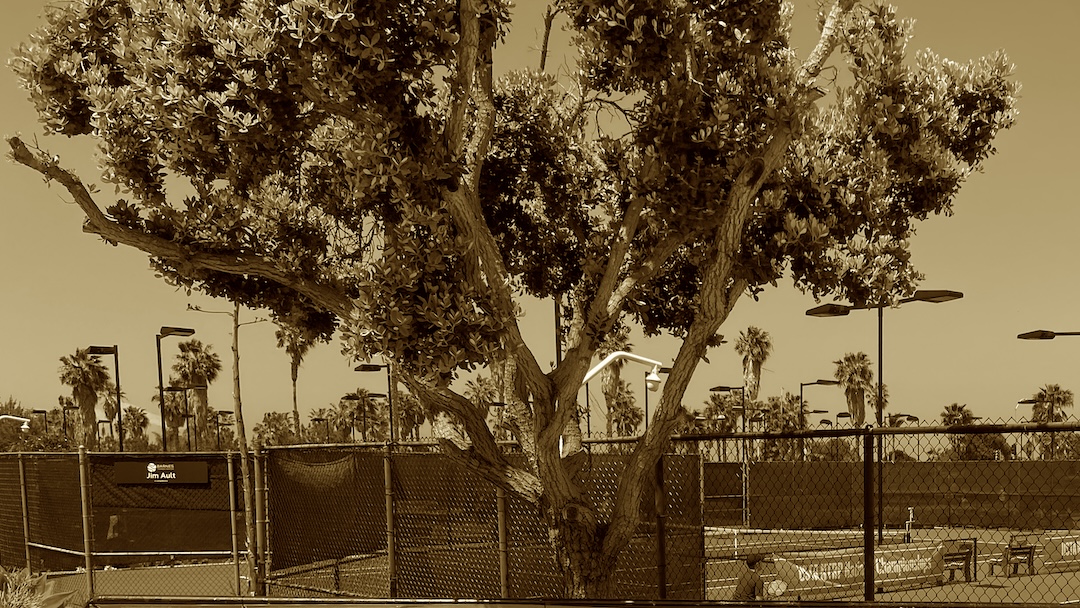The history of the rules of tennis doesn’t start with the formation of the International Tennis Federation. Before the need for global standardization was recognized, the rules of the game varied from location to location. The first national lawn tennis tournament organized in the United States in 1880 illustrates some of the variations.
On August 15, 1880, the New York Times ran an article advertising a “grand tournament” for lawn tennis, a sport that was steadily growing in the United States. It was reported to be the first time that the “experts” in the country would be brought together in competition. It also indicated that “it has been deemed best to admit only men” into the tournament. However, the fact that women were even a consideration shows that the sport was already popular with both genders.
Entries were to be submitted to E.H. Outerbridge, six days before the event was to begin on September 1. That surname is a familiar name in tennis history. Mary Outerbridge of Staten Island is frequently credited with bringing tennis to the United States. Probably not coincidentally, this tournament was conducted at Camp Washington on Staten Island.
While the rules were stated to be the ones defined by the Marlyebone and All-England Tennis Clubs, several amendments were explicitly stated to be in effect. For one, the height of the net at the posts was reduced to four feet. As a point of reference, the current regulation height of a net post is a little shorter at 42 inches.
Additionally, the location of a “service” line was specified for the Staten Island national tournament. It was set at 21 feet from the net, which corresponds to the present court dimensions. It is a little difficult to follow the wording that results in what we would now call the doubles alley, but it appears it was intended to be 3.5 feet wide rather than the current width of 4.5 feet.
The additional rule amendments also show how different the service rules were in 1880. For this tournament, the server was required to stand with one foot behind the baseline and the other either on or inside it. The positioning of the second foot would be an egregious foot fault in the modern game.
The foundations of lets were also evident in the rules specified for the Staten Island tournament. Serves that clipped the net but otherwise landed “good” were said to “count for nothing.” All other shots were allowed to clip the net and remain in play.
The size and weight of the balls to be used for the event were also specified in this article. The diameter was bounded between 2.5 and 2-9/16 inches. The weight range was set between 1-7/8 and 2 ounces. There was evidently a lot of variation in ball size and construction during that time.
During the earliest days of lawn tennis, the dimensions and balls varied wildly between cities and clubs. Eventually, the need for standardization is what drove the foundation of the International Lawn Tennis Federation. However, that would not occur for another 33 years until after the Staten Island tournament was held.
- The Game of Lawn-Tennis: A National Tournament Free to All Players, The New York Times (Times Machine), August 15, 1880.



